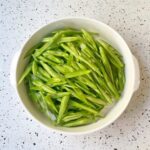Salt is a crucial ingredient in cooking, but it can be tricky to use due to its high osmotic pressure, which can easily overpower other flavors and alter the texture of ingredients. Seasoning with salt is indeed one of the most complex steps in cooking.
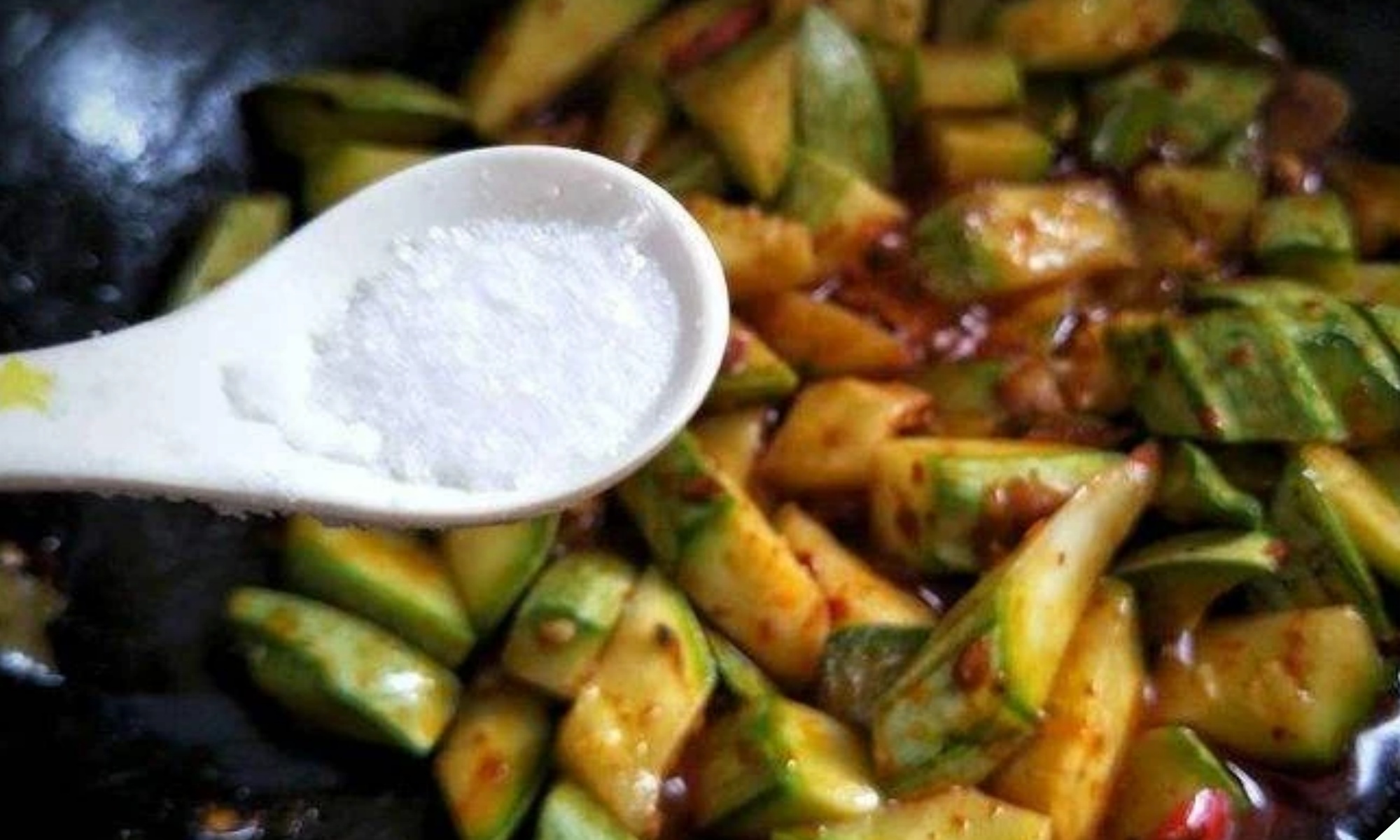
Salt should not be added arbitrarily. Adding salt at the wrong time can cause food to lose water and nutrients, ruining the dish.
How to Season with Salt Properly
1. Seasoning Before Cooking
When stir-frying or steaming meat or fish, it is best to marinate it with salt beforehand. This helps tighten the meat fibers, making the meat firmer. Salt also enhances the hydratability of proteins, allowing them to bind and absorb water more effectively, resulting in tender, soft, and quickly cooked meat.
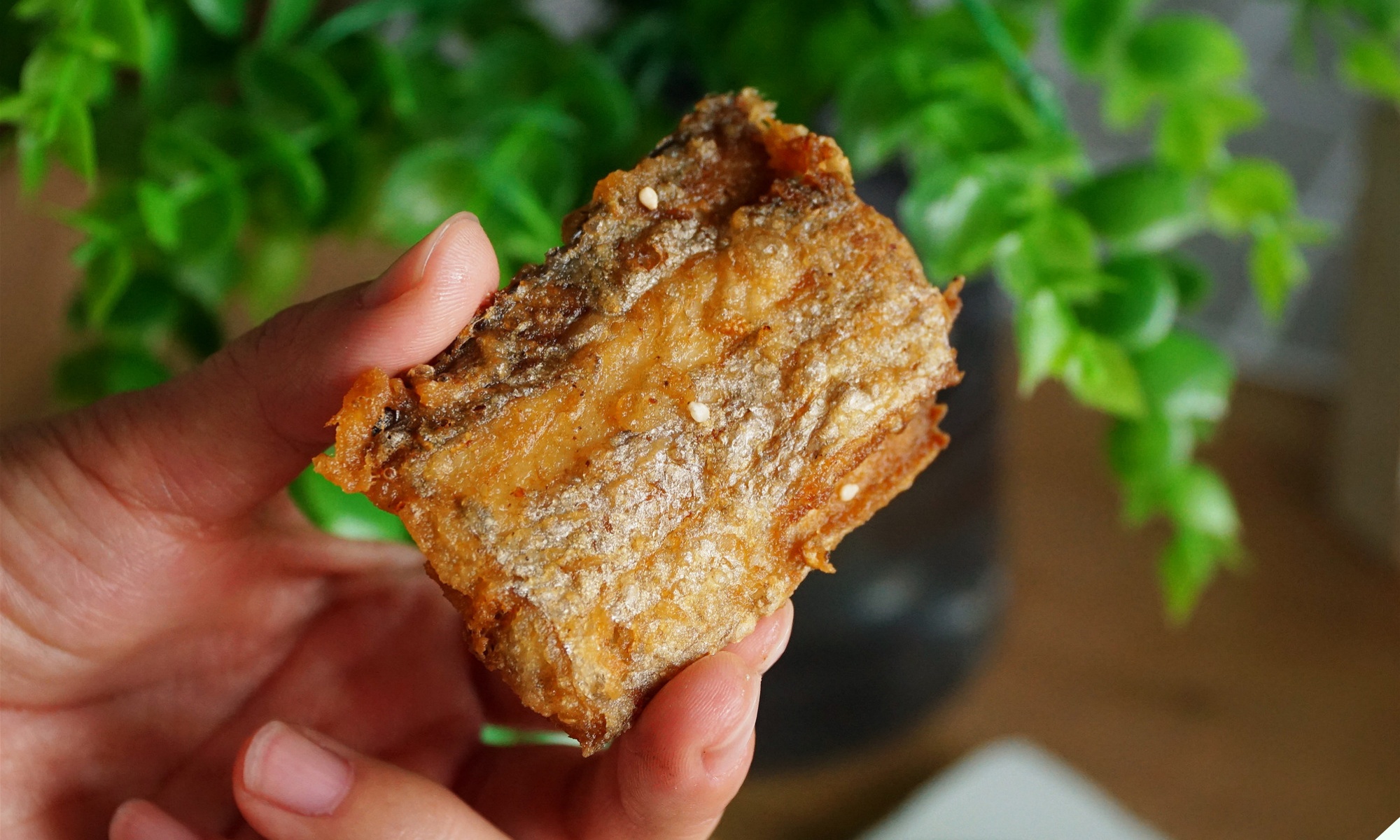
Some cooking methods that require salting before cooking include steaming, meatballs, fish cakes, minced meat, stir-frying, and frying…
2. Seasoning During Cooking
For cooking methods like grilling, braising, or when dealing with hard ingredients like turnips, potatoes, or zucchini, it is best to add salt during the cooking process.
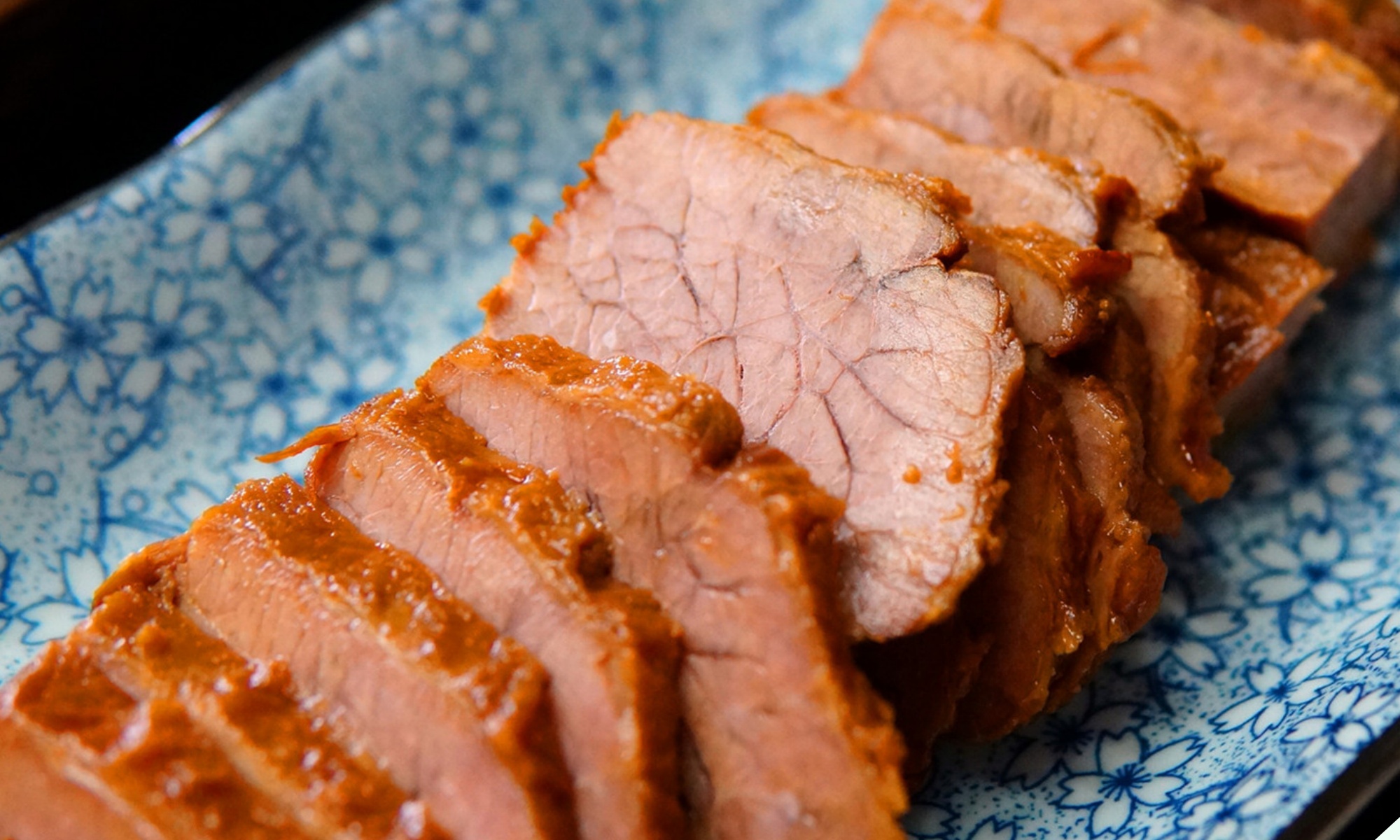
Under the influence of heat, the seasoning will dissolve and penetrate the ingredients better. You can apply the principle of adding a small amount multiple times, making it easier to adjust the saltiness of the dish.
Dishes that are typically salted during cooking include braised fish, braised meat, fried fish…
3. Just Before Serving
For soups, chefs usually add salt just before turning off the heat. Adding salt at the beginning will cause the protein to coagulate, affecting the color and nutritional value of the soup.
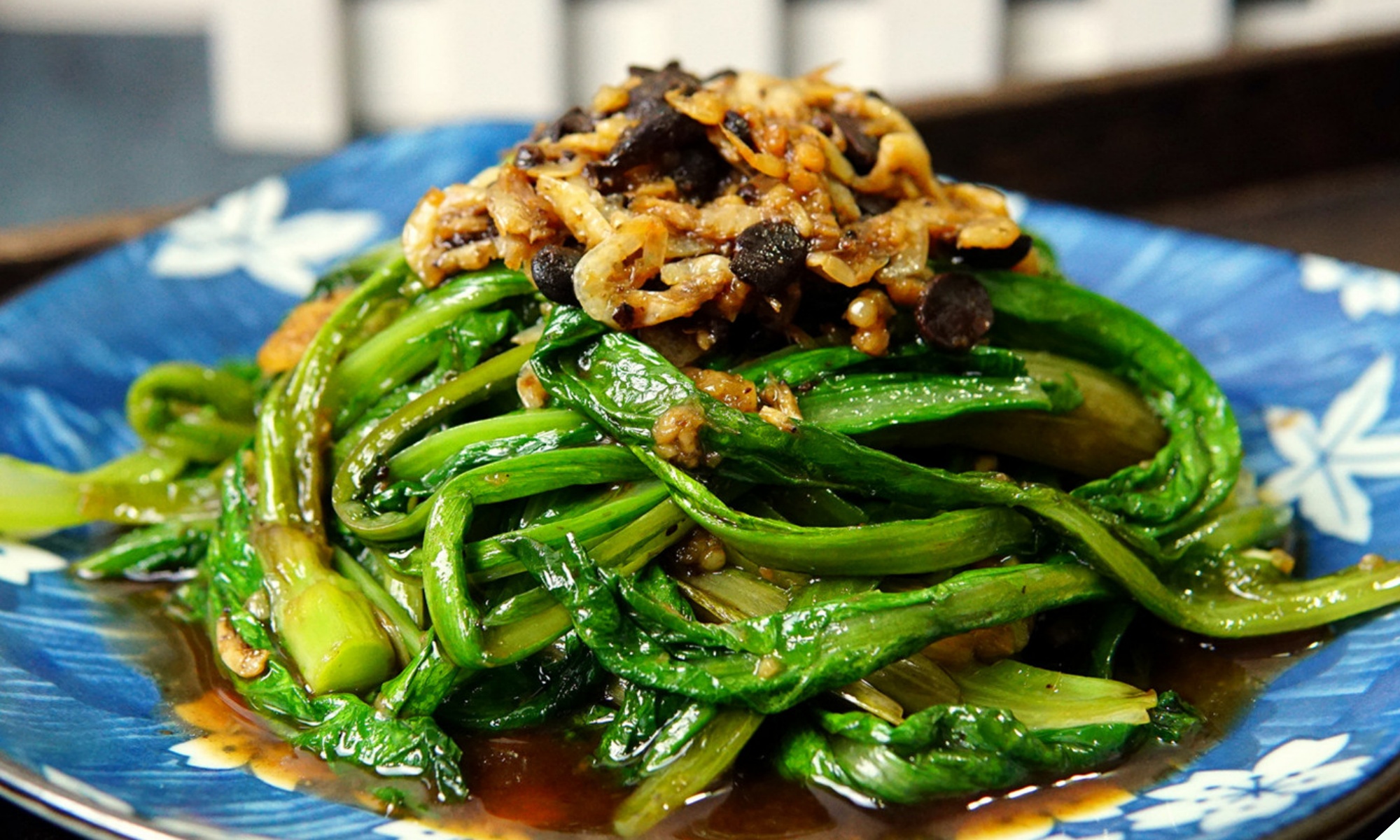
Additionally, when stir-frying green leafy vegetables, salt is added towards the end of the cooking process. These vegetables are quick to cook, and early salting can cause them to lose water and become dry, resulting in a loss of nutrients.
Dishes like stir-fried pork, stir-fried vegetables, and stir-fried bean sprouts are suitable for seasoning with salt at the end of cooking.
4. After Cooking
For dishes that do not require extensive preparation, such as salads made with tomatoes and cucumbers, it is best to add salt after cooking. These ingredients are usually juicy and soft, and early salting will make them lose their crispness.
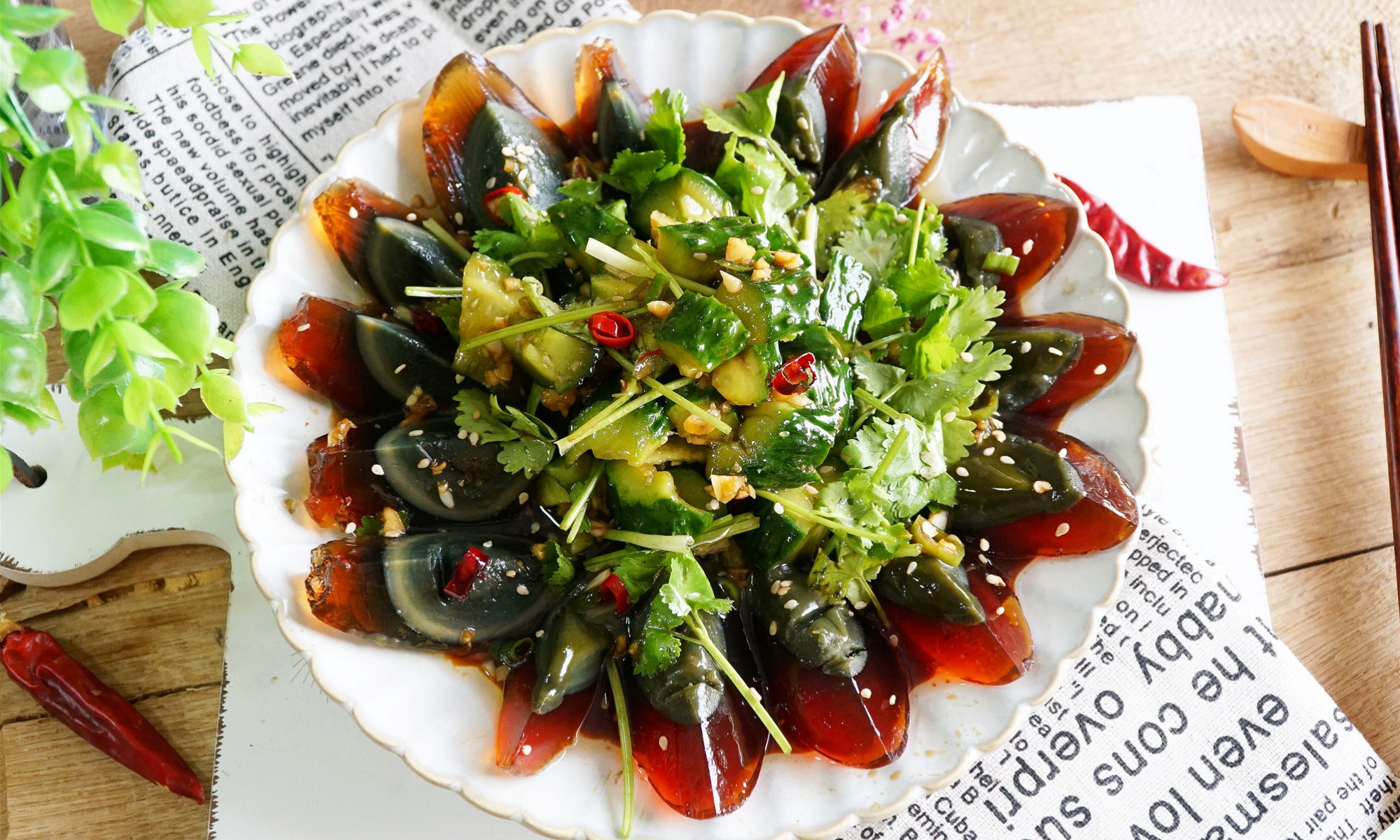
Dishes like bone broth, pho broth, pork hock soup, chicken soup, vegetable soup, salads, mixed vegetables, and slaws will be seasoned with salt after they are prepared.
Guidelines for Controlling Salt Intake in Cooking
Research has shown that an individual should consume approximately 6g of salt per day. However, most people add salt according to their taste preferences, often exceeding the recommended amount.
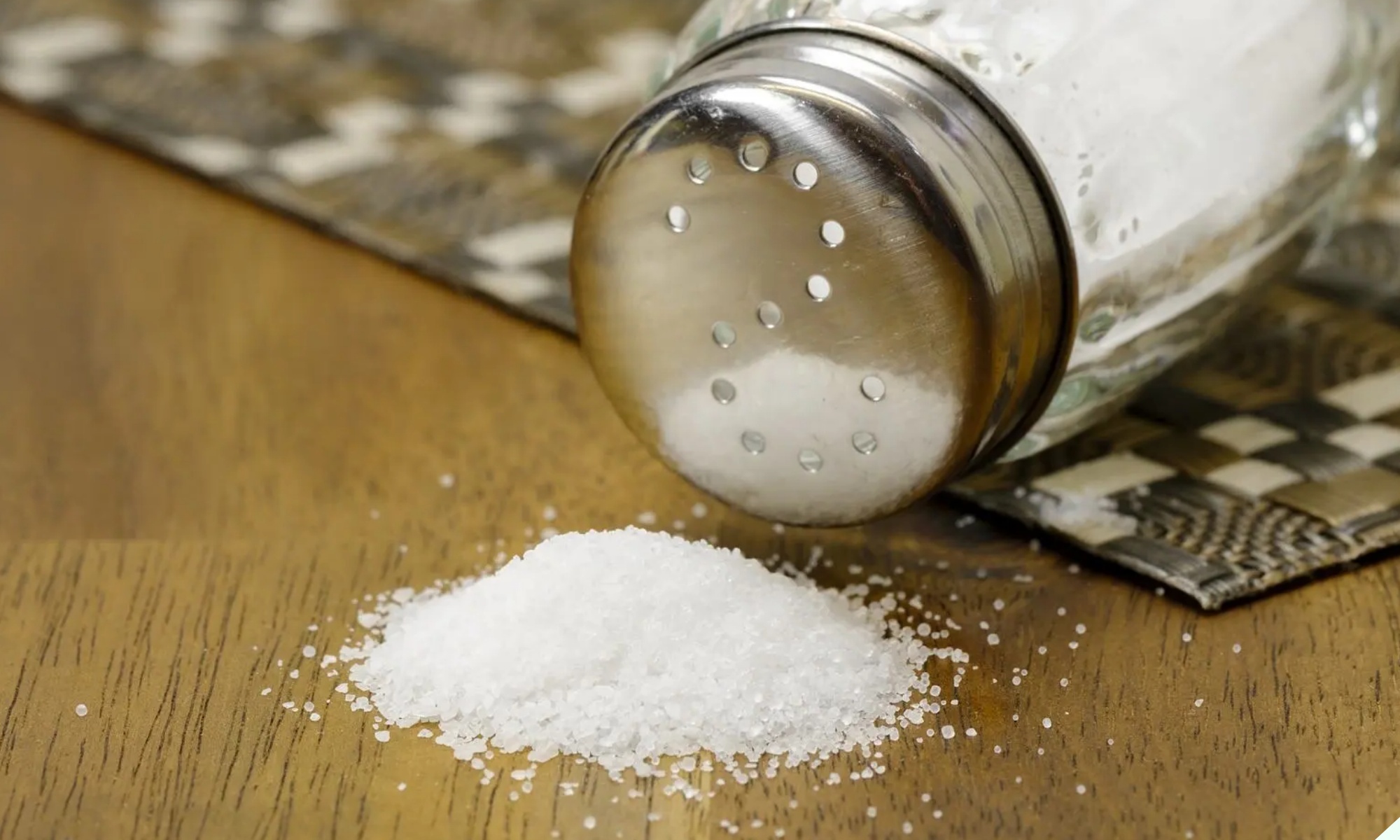
So, how can we control salt intake while still ensuring flavorful dishes?
Using Alternative Seasonings
When cooking, you can add other seasonings like lemon juice, vinegar, soy sauce, or other salty condiments to reduce salt intake.
Using Dipping Sauces
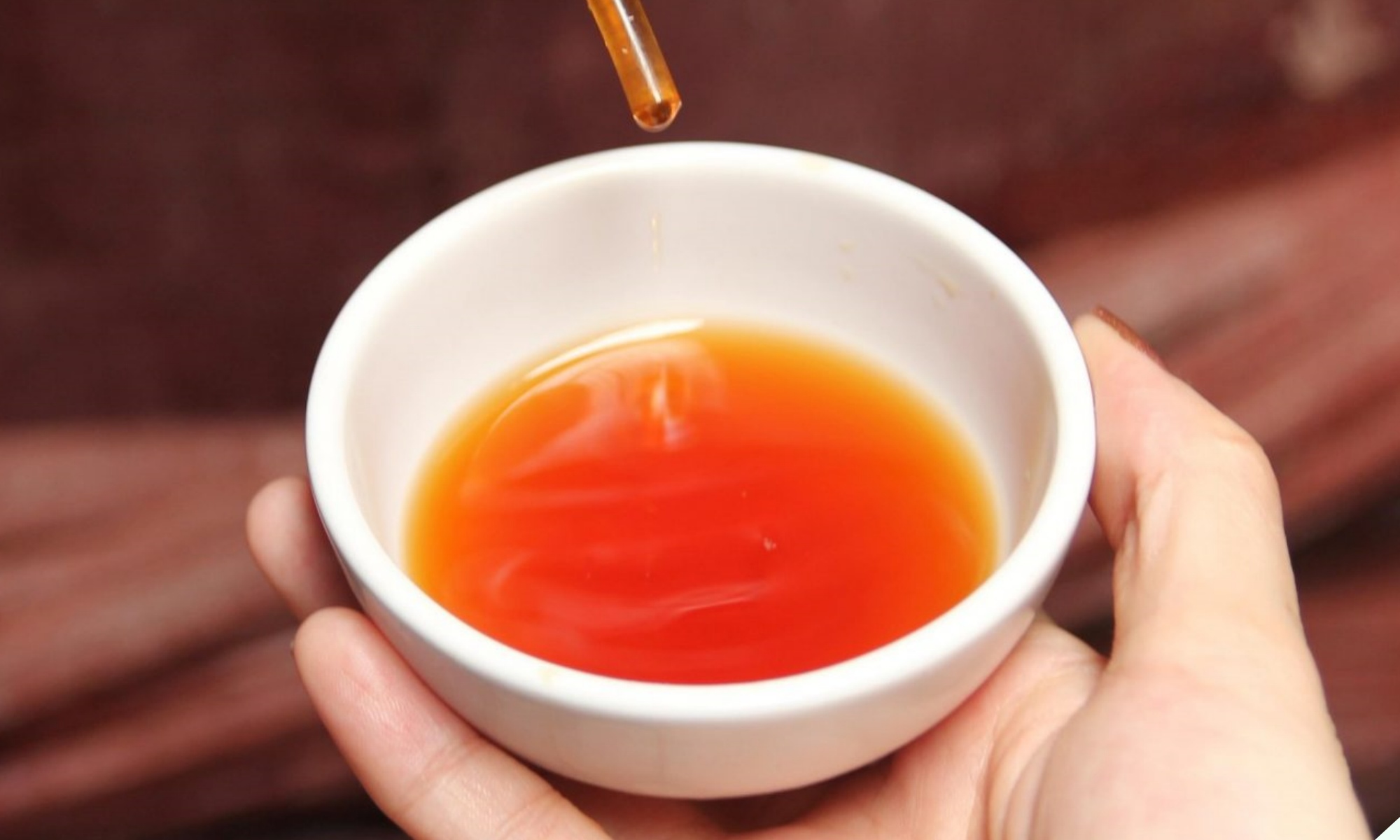
Most people tend to season their dishes heavily, making it challenging to control salt intake. One solution is to use dipping sauces instead of adding salt directly to the dish.
Diversifying the Menu
It is advisable to prepare multiple dishes for a family meal. By doing so, you can make one or two dishes without salt, and the other salty dishes will neutralize the flavors without making the unsalted dishes taste bland.
In conclusion, there is no fixed time for seasoning with salt in cooking. The key is to find the right balance depending on the ingredients used.
“The Secret to Perfect Beef Stir-Fry: A Dash of Magic”
The key to delicious, tender beef lies in the art of marination. A delicate balance of sugar and salt is essential to enhancing the flavor of the meat. But the question remains: which should come first, sugar or salt? The order of seasoning makes a significant difference, and getting it right is crucial to achieving that perfect taste sensation.

























